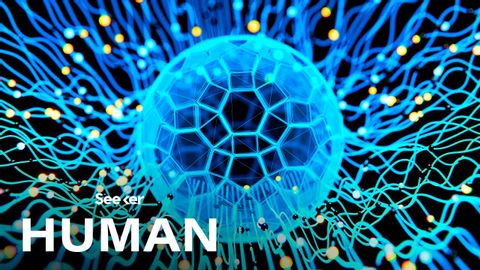
Subtitles & vocabulary
Your Cells Send Trillions of Messages Every Second, Here’s How
00
林宜悉 posted on 2020/03/25Save
Video vocabulary
episode
US /ˈɛpɪˌsod/
・
UK /'epɪsəʊd/
- Noun
- One separate event in a series of events
- Show which is part of a larger story
B1TOEIC
More immune
US /ɪˈmjoon/
・
UK /ɪˈmju:n/
- Adjective
- Having a special protection from, e.g. the law
- Protected against a particular disease or condition because of antibodies or vaccination.
B1
More interpret
US /ɪnˈtɚprɪt/
・
UK /ɪn'tɜ:prɪt/
- Verb (Transitive/Intransitive)
- To express so that others understand it
- To translate what is said into another language
A2TOEIC
More complex
US /kəmˈplɛks, ˈkɑmˌplɛks/
・
UK /'kɒmpleks/
- Countable Noun
- Group of buildings all used for the same purpose
- Adjective
- Not being simple; having many parts or aspects
A2
More Use Energy
Unlock All Vocabulary
Unlock pronunciation, explanations, and filters
